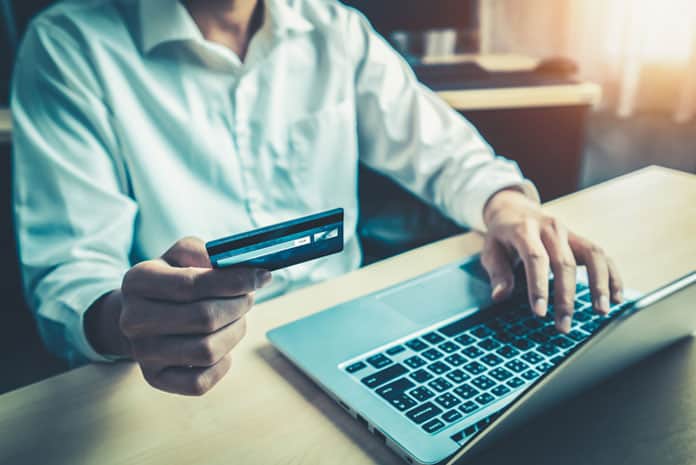Written by: Neelesh Kripalani, Chief Technology Officer, Clover Infotech
Earlier this year, the Reserve Bank of India (RBI) published detailed guidelines to strengthen India’s digital payments architecture and improve security. Such a move is expected to enhance the security of digital payment channels and the convenience of users. The robust protocol will help in checking frequent outages and disruption while providing secure environment of digital transaction.
-
Growth of Digital Payment Ecosystem in India
The digital payments ecosystem in India has come of age in recent years with the government’s move to demonetize high-value currency notes in November’16. The demonetization gave a push to digital transactions and the pandemic has fast-tracked the process further. In the wake of the Covid-19 crisis, cash transactions have witnessed a steady decline given the potential spread of infection via currency notes. Overall, the digital payments in India are witnessing consistent growth at a CAGR of 12.7%, while the mobile wallet market is expected to continuously grow at a CAGR of 52.2% by volume between 2019-23, according to a report by KPMG.Security Concerns
The sudden surge and change in end user profile has led to various challenges in the digital payment ecosystem. While becoming a cashless economy is the end-goal, it is important to understand that the sudden push to ‘go digital’ may test the existing security and fraud control mechanism extensively. Cyber security is one of the most critical challenges faced by stakeholders of the digital payment ecosystem. Digital payments carry the risk of data breaches and other security risks, meaning consumers must take extra precautions to protect themselves.Security Measures That You Need to Practice While Making Digital Payments.
* Regularly check your financial statements to look for any suspicious/unauthorized activity* Sign up for payment transaction alert messages to keep a better track of all transactions and activities happening on your debit/credit card or bank account
* Regularly update anti-virus / anti-malware software and applications in order to get latest security patches
* Maintain password hygiene. Change passwords periodically and choose strong and unique passwords for different sites
* Enable two-factor authentication. 2FA gives a more sophisticated level of protection by means of security questions, SMS messages, OTPs, push notifications, etc.
* Avoid using a public Wi-Fi for mobile banking or making digital payments.
* Do not disclose sensitive information such as your digital wallet PIN, card or card’s CVV number, mobile money PIN etc. as payment providers will never ask you these details over the phone.
* Avoid saving card details. Many of us tend to save the details to avoid entering the same from scratch in the future. However, it is best to erase your card information to ensure that it isn’t prone to the risk of being stolen.
* Look for SSL encryption. Only use trusted apps when you opt for digital payments. If a website does not have HTTPs, it is not secure and any payment information submitted can be viewed easily. In case of doubt opt for ‘cash on delivery’ option.
* Use private window for online transactions. It provides a safe environment for online banking as it prevents cookies and credentials from being stored.
Lastly – Being vigilant is the key…
Mobile payment security concerns are still at large amongst businesses and consumers alike. This threat can never be eliminated but it can definitely be minimized by being vigilant. The above-mentioned practices can help to reduce the risk to a great extent.














